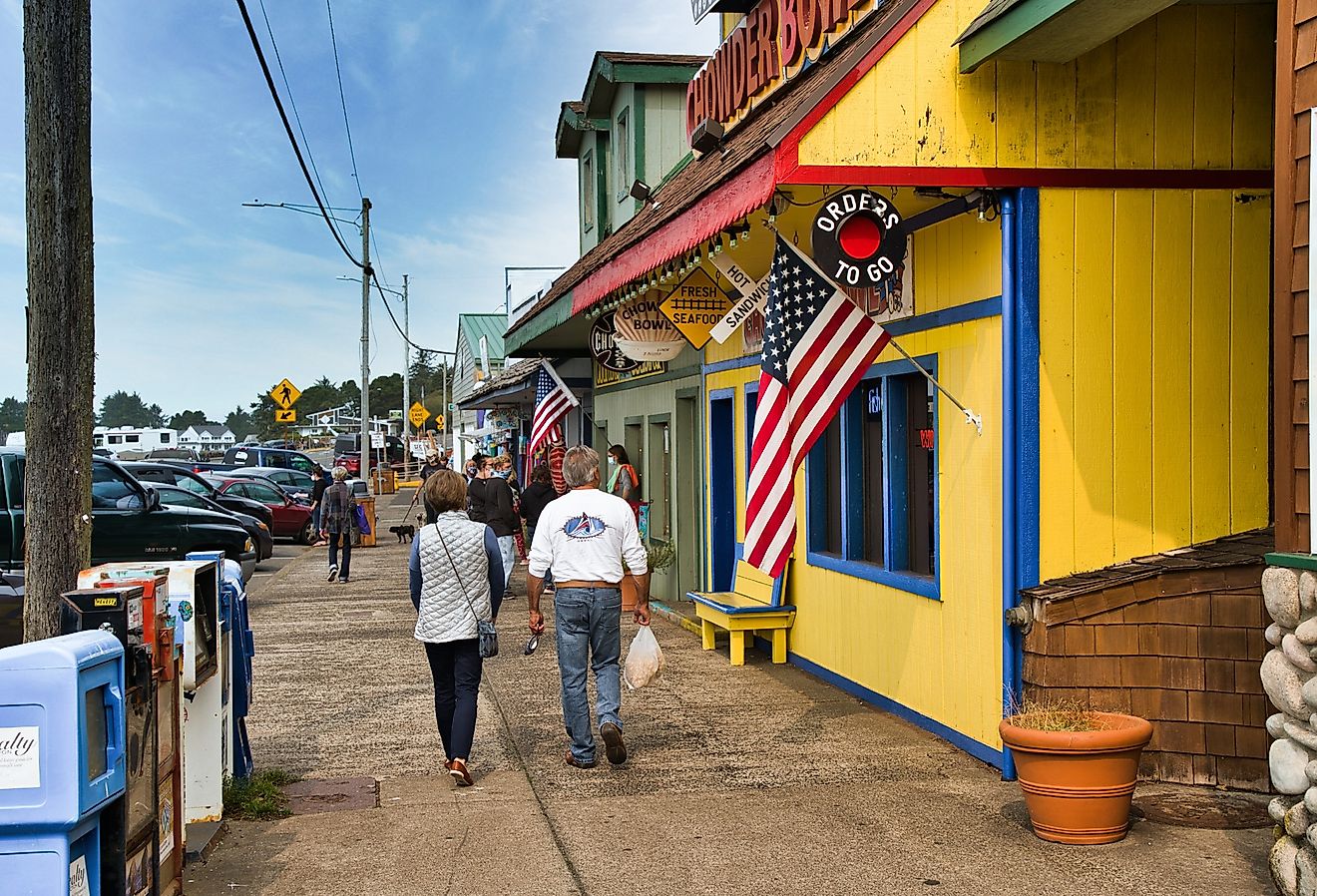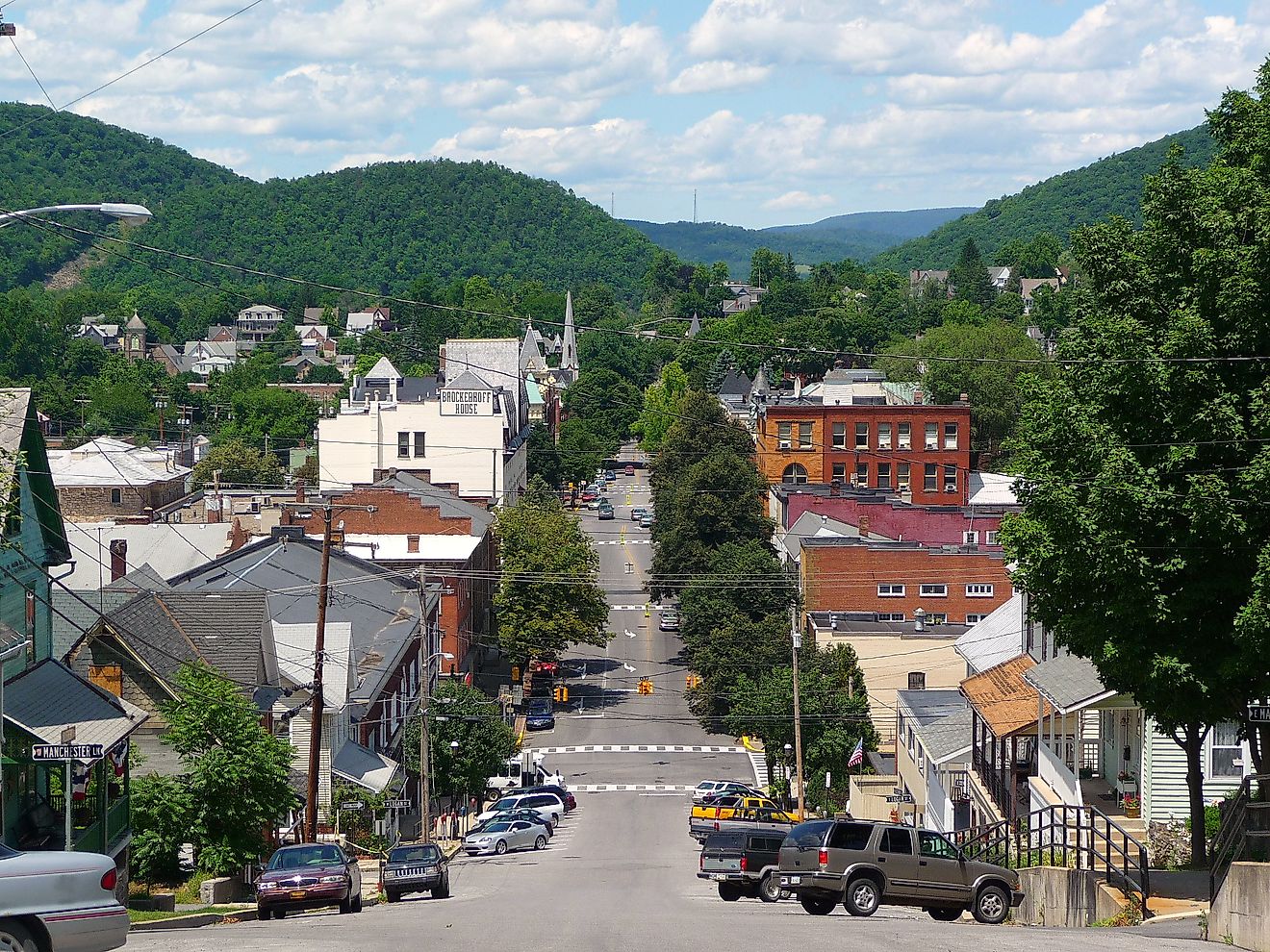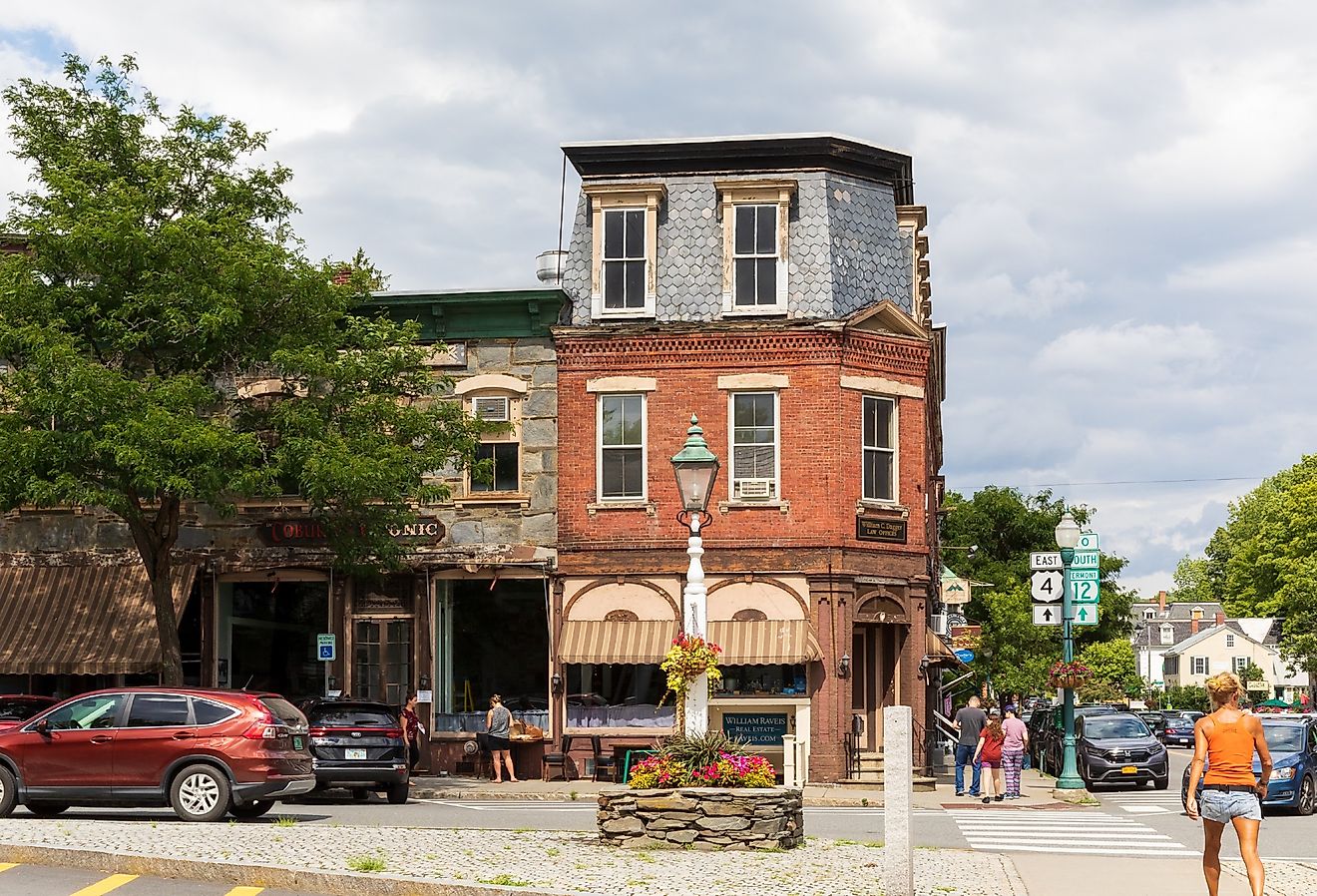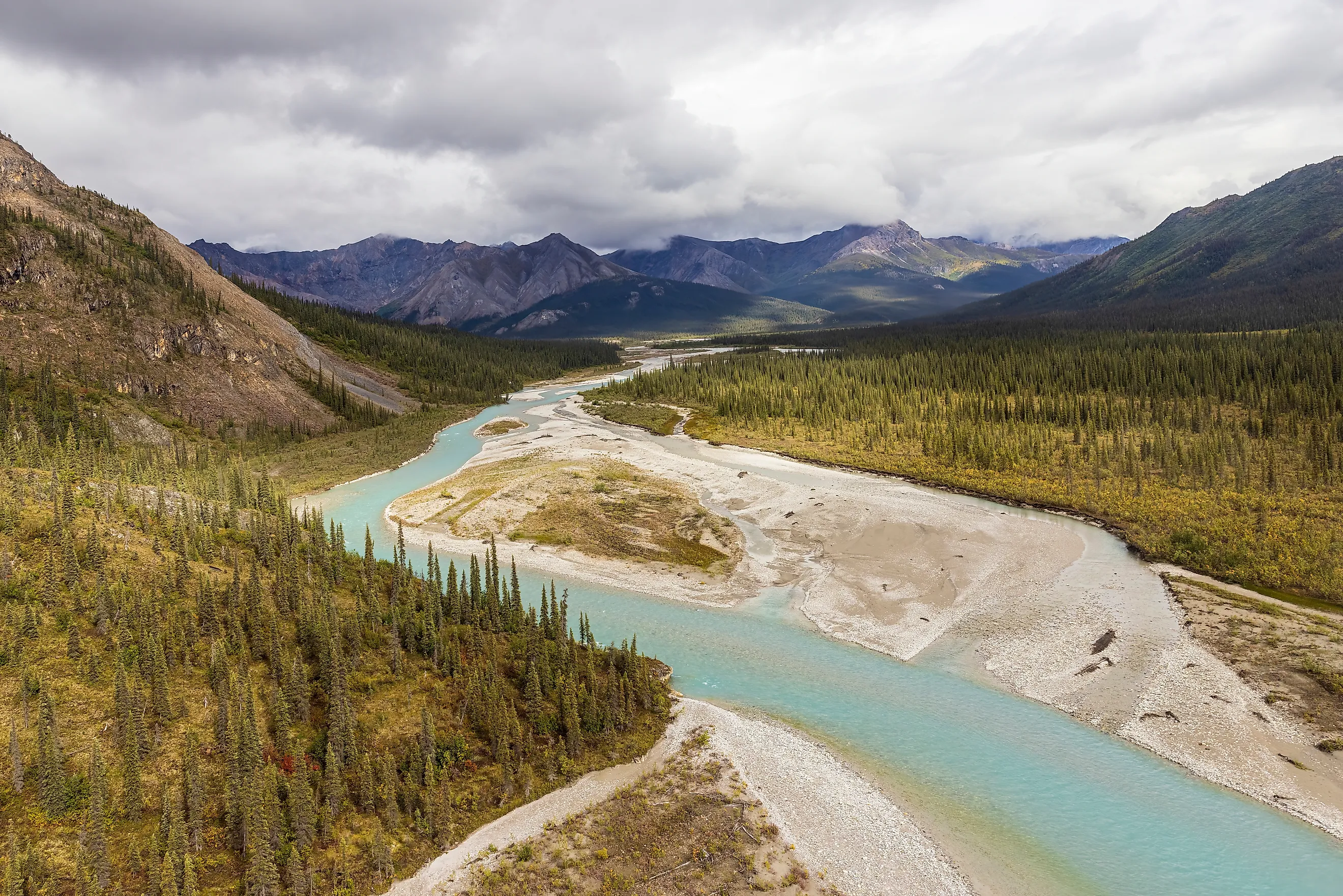
Gates of the Arctic National Park Promises Trackless Wilderness, Endless Midnight Sun
There is too much to experience in the Gates of the Arctic National Park and Preserve to stay for just one day. As soon as you enter the park, you will want to do everything at once. Stand on a rolling tundra ridge, inhaling the crisp air. Or take in the colors of the Brooks Range as the rock faces glow in shades of amber and rose. Without trails or visitor infrastructure, this is the least-visited National Park in the United States, but it rewards intrepid visitors in spades.
Before you know it, it will be the early morning hours, but the time may confuse you for a minute, because the sun will still be visible even at two in the morning.
This surreal experience, trackless wilderness, and much more await you at one of America’s most off-the-beaten-path, pristine parks.
Location and Geography
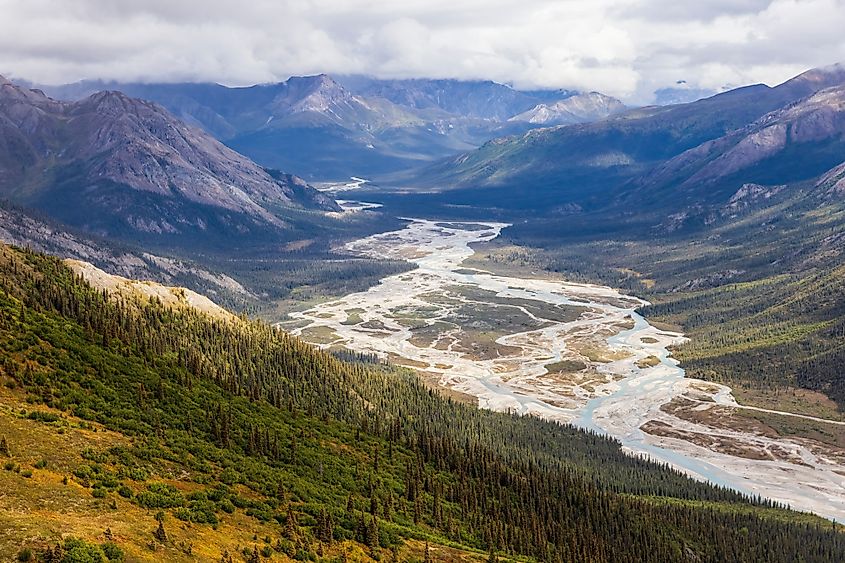
The park is the northernmost national park in the United States, as it lies completely north of the Arctic Circle in Alaska. It is situated in the central Brooks Range, which is the northernmost part of the Rocky Mountains. It is also the second-largest park by area (of the park and the preserve combined), at 13,238 square miles.
There are no roads or visitor infrastructure within the park and preserve's boundaries, so you can only fly or hike there. The closest point of the mostly gravel Dalton Highway to the park is 5 miles from the eastern boundary, but there is still a river in the way.
Overall, the park spans 200 miles east-west and 130 miles north-south, creating one of the most remote but visually stunning areas in the country.
The Brooks Range's elevations extend from 1,000-foot hills to 7,000-foot jagged peaks. Frigid Crags and Boreal Mountain form the infamous Gates portal. In the uplands, there are deep valleys filled with cirques and alpine lakes formed by glacial erosion during the last Ice Age.
History of the Gates of the Arctic National Park
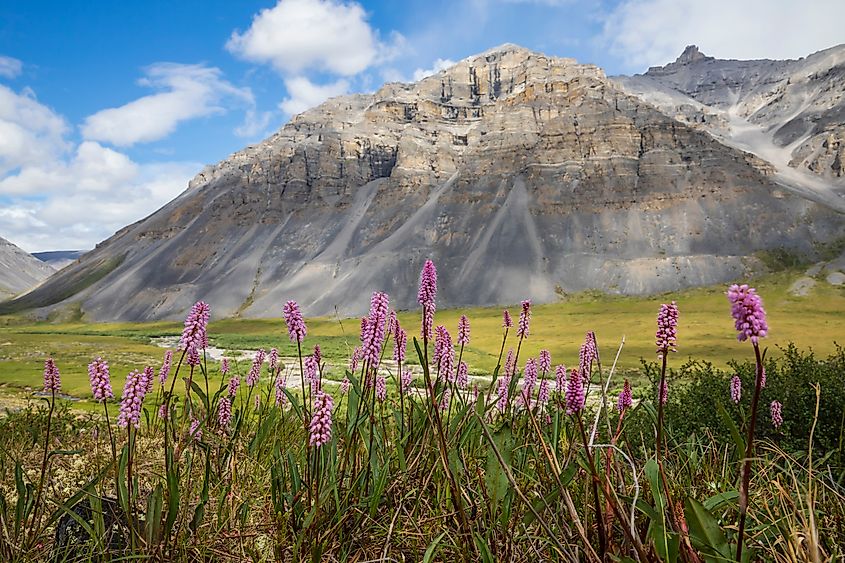
The Brooks Range, formed by the collision of tectonic plates, has provided shelter for people for as many as 13,000 years. Thousands of archeological sites in the park serve as proof that different tribes inhabited the region and formed a strong bond with the land. Descendants of these ancient peoples still live in the area today, including the Inupiat and the Athapaskan.
European visitors only began to arrive during the 1880s. Considering how much more uncharted the territory was back then, military explorers found it nearly impossible to map the area as they struggled to cross rivers and climb the mountains.
The region was also not spared from invasion by prospectors who suffered through the extreme winters in the hopes of finding placer gold. The mining operations here were never greatly successful.
The park finally got its name in 1929, thanks to wilderness activist Bob Marshall. Marshall was exploring the North Fork of the Koyukuk River when he saw Frigid Crags and Boreal Mountain standing guard on either side of the river. He noticed that together, they looked like a portal, so he named it ‘Gates of the Arctic.’
The idea for a national park was raised during the 1960s. President Lyndon B. Johnson was prevailed upon to proclaim the area a national monument using the Antiquities Act, but this didn’t happen.
It was not until 1978 that President Jimmy Carter used this suggestion to proclaim the newly named Alaskan parklands as national monuments. This included the Gates of the Arctic National Monument. In December 1980, the monument was officially named Gates of the Arctic National Park and Preserve.
Signature Landmarks Within the Gates of the Arctic

There are several incredible must-see landmarks within the park and preserve. These include the magnificent 38,313-acre Arrigetch Peaks, which rise dramatically above the uplands. The peaks are an important landmark to inland Eskimos inhabiting northwestern Alaska. Their granite pinnacles resemble long fingers reaching upwards, and Arrigetch means ‘fingers of the hand extended.’
It is clear to see the phases of alpine glacier activity throughout the Arrigetch area. The peaks are both rugged and jagged and transition between metamorphic and granitic rock. There are also boreal and tundra forests present here, with some of the oldest spruce in the state.
Furthermore, Limestack Mountain, also named by Bob Marshall, has the Continental Divide between the Arctic and Pacific Oceans running along its northern ridge. The mountain’s cliffs extend to heights of more than 6,000 feet in some spots.
The mirror-like glacial Walker Lake is another memorable attraction. The lake was formed by ancient glaciers carving out a basin and depositing moraines, damming the water. In addition to the Arrigetch Peaks and the lake, there are six designated Wild and Scenic Rivers to explore throughout the park.
Natural Phenomenon That Thrills Visitors
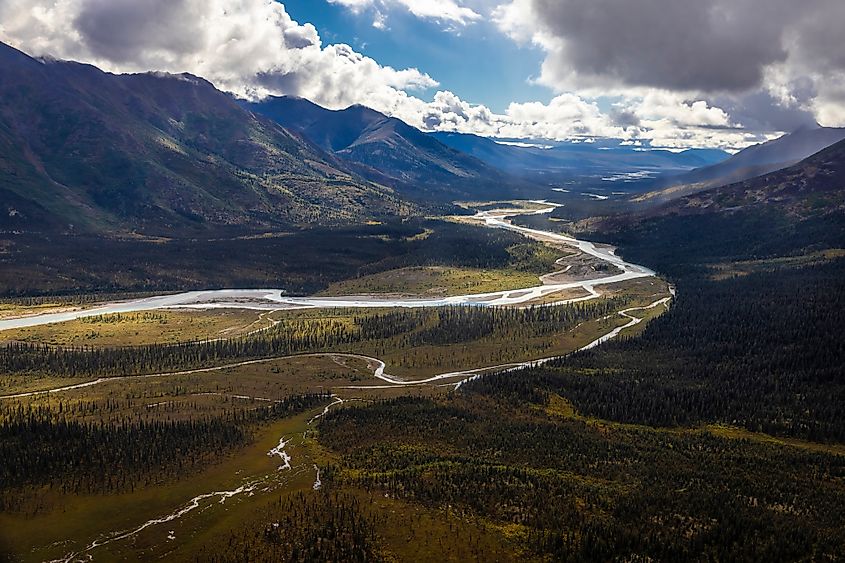
There is no doubt that the stand-out feature of the Gates of the Arctic is the Midnight Sun phenomenon.
The midnight sun is visible throughout the Arctic and Antarctic Circles during the summer months. This includes the city of Fairbanks in Alaska, which is considered the primary gateway to the Gates of the Arctic. The midnight sun, or polar day, occurs when the sun remains above the horizon for 24 hours or more. This means that when it’s midnight, it still looks like daylight outside.
This phenomenon occurs in regions north of the Arctic Circle, due to Earth’s axial tilt of 23.4° during summer, which keeps the North Pole tilted toward the sun. As the Gates of the Arctic lie entirely north of the Arctic Circle, it gets continuous daylight in summer. There are no permanent settlements inside the park itself to enjoy this ongoing daylight, but nearby Utqiagvik gets weeks of midnight sun.
The midnight sun is not exactly bright sunlight at night. Instead, it is almost like a perpetual twilight for several hours.
Wildlife Viewing
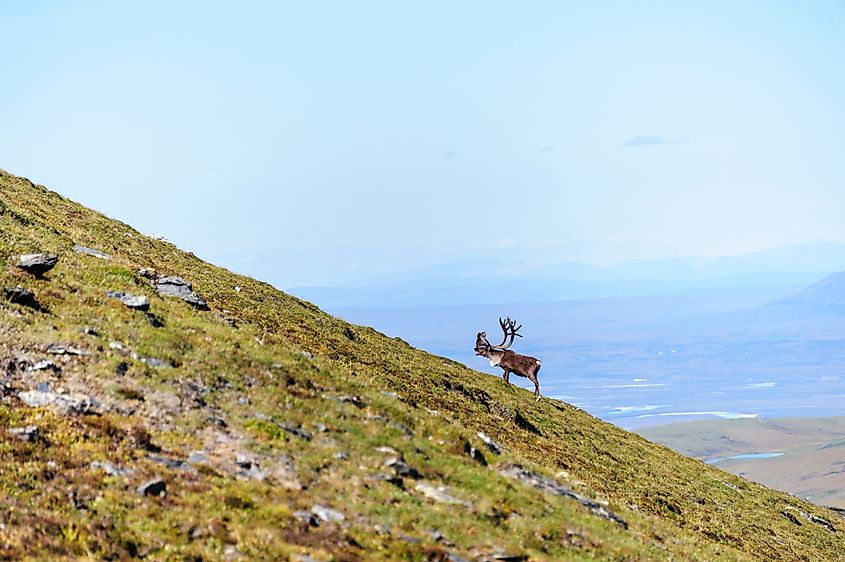
The splendor of the unspoiled wilderness in the Gates of the Arctic is accentuated by the varied species of wildlife present here. The most impressive is the 150-000-strong caribou herd, which creates a migration spectacle in the park every year.
Additionally, black and brown bears, wolves, and red foxes live here throughout the year, as do moose, lynx, wolverine, and Dall sheep. There are also around 134 species of birdlife, many of which are migratory. Common birds include the willow ptarmigan, the golden eagle, and the American dipper.
Things to Do in the Gates of the Arctic

It is important to note that the Gates of the Arctic is not your average national park. It is also the least-visited national park in the U.S. There are no official trails or campgrounds, just wilderness. As such, you must possess proficient wilderness survival skills, as you must be self-sufficient during your visit.
As for getting into the park, you can take a plane from Fairbanks to either Coldfoot, Anaktuvak Pass, or Bettles. Alternatively, you can drive the Dalton Highway to Coldfoot or Wiseman and then hike the rest of the way to the park.
Once you’re inside the park, there are endless activities to enjoy. This includes fishing at an alpine lake or standing a safe distance away while watching the caribou make their way through the northern valleys. You can backpack your way along the Wild Rivers or hike through the boreal forest.
If you are concerned about backpacking or camping on your own, you can book a guided trip with Arctic Wild. A guide will accompany you for a backpacking, rafting, canoeing, basecamping, or packrafting trip.
You can also book a so-called flightseeing tour with Fly Coyote. This will allow you to take the wonder of the wild Gates from the comfort of a custom air taxi. The flightseeing tours are two hours long and fully guided.
If you don’t want to camp in the open, Arctic Hive Retreats offers remote off-grid cabins at the edge of the park, 63 miles above the Arctic Circle. Within the park boundaries, you will find Iniakuk Lake Wilderness Lodge, offering private cabins and guided float trips. Iniakuk is a fly-in luxury lodge located 220 miles north of Fairbanks, situated on the edge of the Gates.
The best time of the year to visit the park is summer through early fall. During the warm months, the midnight sun provides more hours for exploring. During early and mid-fall, there is a higher chance of seeing the Northern Lights.
It's essential to note that mosquitoes emerge in full force during the summer months, so it's best to be prepared.
Final Thoughts
There are no clear paths or trails to take in the Gates of the Arctic National Park and Preserve. It is one of the last truly wild places in the U.S. and the world, for that matter. That also makes it one of the best places to truly unplug, unwind, and follow your instincts to find the absolute best of what nature has to offer, including the dazzling experience of the midnight sun.




